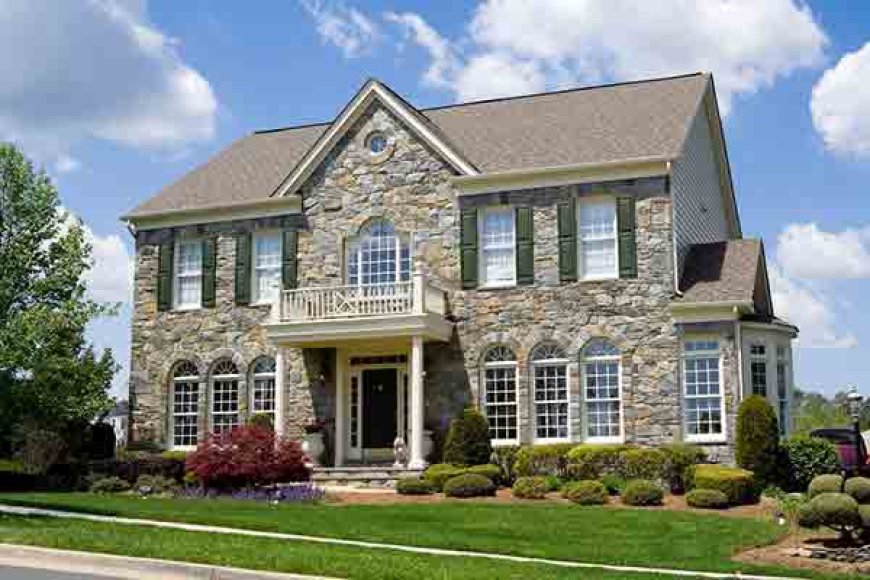Castle Construction: A Historical and Modern Perspective

Castle construction has been a fascinating subject throughout history, representing both the practical and symbolic aspects of fortification, prestige, and power. From medieval Europe to contemporary architecture, castles have evolved significantly in their design and purpose. This article explores the historical evolution of castle construction, the key architectural elements that define castles, and the modern approaches to building castles today.
Historical Overview of Castle Construction
The Origins of Castle Building
The concept of a castle as a fortified residence dates back to ancient times. The earliest examples of fortifications were often simple earthworks and wooden structures. The development of stone castles, however, marked a significant evolution in castle construction.
The Medieval Period
The medieval period, particularly from the 9th to the 15th centuries, represents the pinnacle of castle construction in Europe. During this era, castles served multiple purposes: they were defensive fortifications, centers of administration, and symbols of the noble class's power.
Early Castles: Early medieval castles, often called "motte-and-bailey" castles, consisted of a raised earthwork mound (motte) and an enclosed courtyard (bailey). These were simple but effective in providing a defensive advantage.
Stone Castles: As technology advanced, stone became the primary material for castle construction. The transition from timber to stone provided enhanced durability and protection. Notable examples include the Concentric Castle, featuring multiple layers of defensive walls.
Fortification Techniques: Castle designers employed various techniques to strengthen their fortifications. These included thick curtain walls, towers, moats, drawbridges, and barbicans. The strategic placement of these features allowed for effective defense against sieges and attacks.
The Renaissance and Beyond
The Renaissance period introduced new architectural styles and techniques, influencing castle design. Although the primary focus shifted from military defense to residential comfort and aesthetic appeal, many castles continued to serve defensive purposes.
Renaissance Castles: During this time, castles began to incorporate more elaborate designs, including symmetrical layouts, ornate decorations, and landscaped gardens. The emphasis on comfort and aesthetics marked a departure from the purely utilitarian approach of earlier castles.
Modern Fortifications: As gunpowder and artillery became prevalent, castle fortifications adapted. The design of star forts, with their angled bastions, became common to counter the effects of cannon fire.
Key Architectural Elements of Castles
Walls and Towers
Curtain Walls: These are the primary defensive walls surrounding a castle. They were typically thick and made of stone to withstand attacks.
Towers: Towers provided vantage points for defenders and were often used to house important rooms, such as the lord's quarters or the chapel. The design of towers varied, with some being cylindrical and others square or polygonal.
Gates and Entrances
Gatehouse: The gatehouse was the main entry point to the castle, often heavily fortified with portcullises (a grilled gate that could be dropped) and drawbridges.
Barbican: An external fortification designed to protect the main entrance, the barbican often featured multiple layers of defenses, including gates and defensive walls.
Moats and Drawbridges
Moat: A deep, water-filled ditch surrounding the castle provided an additional layer of defense against attackers. Moats were often supplemented with drawbridges that could be raised or lowered.
Drawbridge: This was a bridge that could be raised to prevent access to the castle. It was typically positioned over the moat or a ditch.
Keep and Great Hall
Keep: The keep was the central building within the castle, often serving as the residence of the lord and the last line of defense. It was typically the strongest and most secure part of the castle.
Great Hall: The great hall was a large room used for gatherings, feasts, and administrative functions. It was often located in the keep or as a separate building within the castle complex.
Living Quarters and Chapels
Living Quarters: These included the lord's chambers, guest rooms, and servants' quarters. Over time, these areas became more elaborate, reflecting the increasing comfort and status of the occupants.
Chapel: Many castles had a chapel or small church within the walls, providing a place for religious services and reflection.
Modern Approaches to Castle Construction
Historical Restoration
Preservation Efforts: Many historic castles have been preserved and restored to maintain their historical and architectural significance. Restoration projects often involve careful research and the use of traditional materials and techniques.
Adaptive Reuse: Some historic castles have been repurposed for modern uses, such as museums, hotels, or event venues. These adaptations help ensure the ongoing relevance and conservation of these architectural treasures.
Modern Castles
Contemporary Designs: Modern architects have reimagined the concept of the castle, blending traditional elements with contemporary materials and designs. Modern castles often emphasize luxury and comfort while incorporating advanced technologies.
Sustainability: With increasing awareness of environmental issues, modern castle construction often focuses on sustainability. This includes using eco-friendly materials, implementing energy-efficient systems, and designing for minimal environmental impact.
Smart Technology: Incorporating smart technology into castle design allows for enhanced security, automation, and energy management. Features such as automated lighting, climate control, and surveillance systems are becoming standard in modern castles.
Conclusion
Castle construction, from its early beginnings to its modern interpretations, reflects a rich history of architectural evolution and cultural significance. Historically, castles served as formidable fortresses, symbols of power, and centers of administration. Today, they continue to captivate our imagination, whether through preservation efforts that maintain their historical integrity or through innovative designs that blend tradition with modernity.
The enduring fascination with castles highlights their unique ability to represent both historical grandeur and contemporary luxury. As we look to the future, the legacy of castle construction will undoubtedly continue to inspire and inform architectural practices around the world.
What's Your Reaction?







![Chemical Filter Market Research Overview and Assessment [2025-2033]](https://news.bangboxonline.com/uploads/images/202501/image_430x256_6790f1d316676.jpg)














